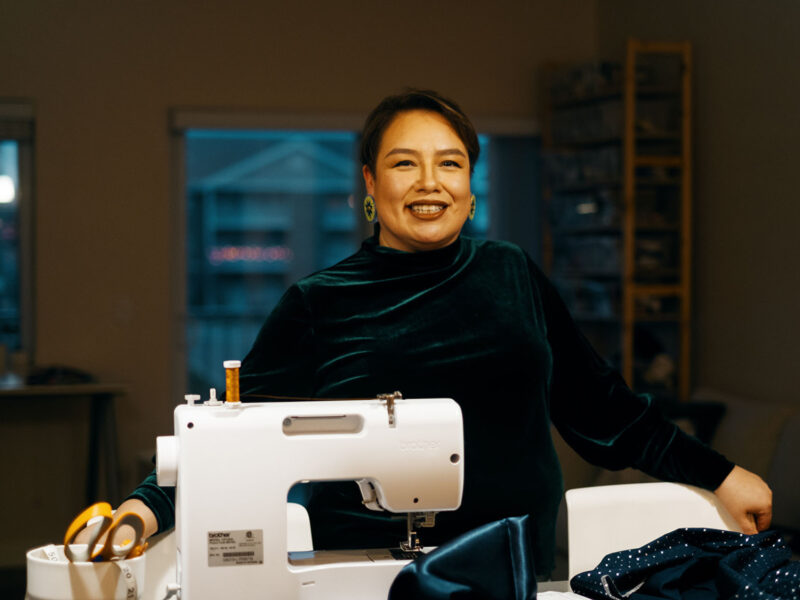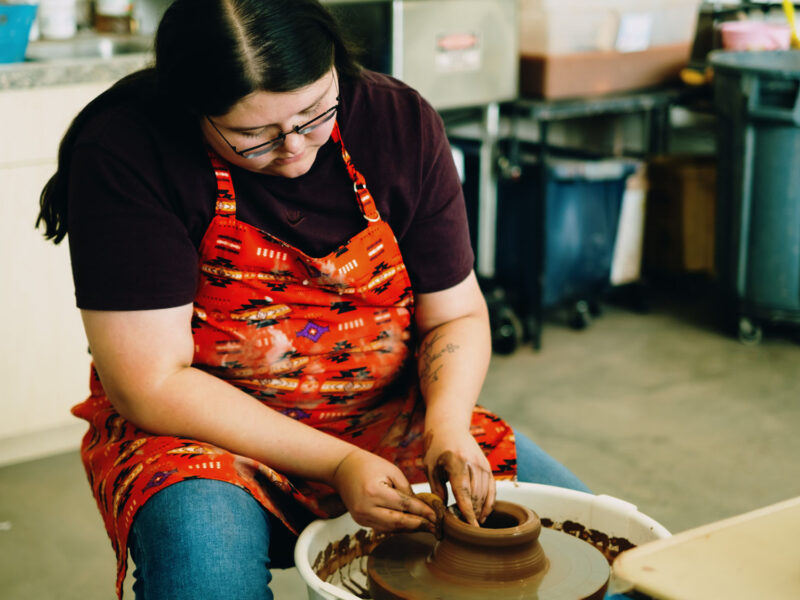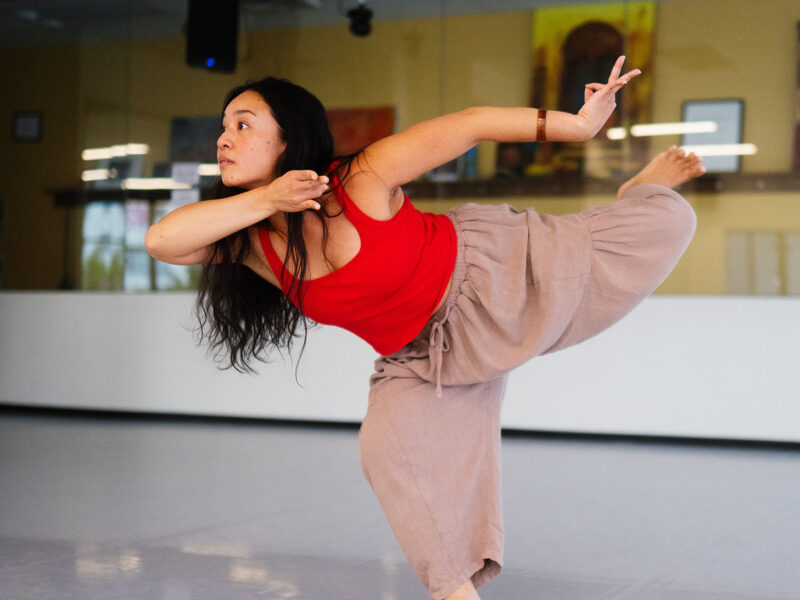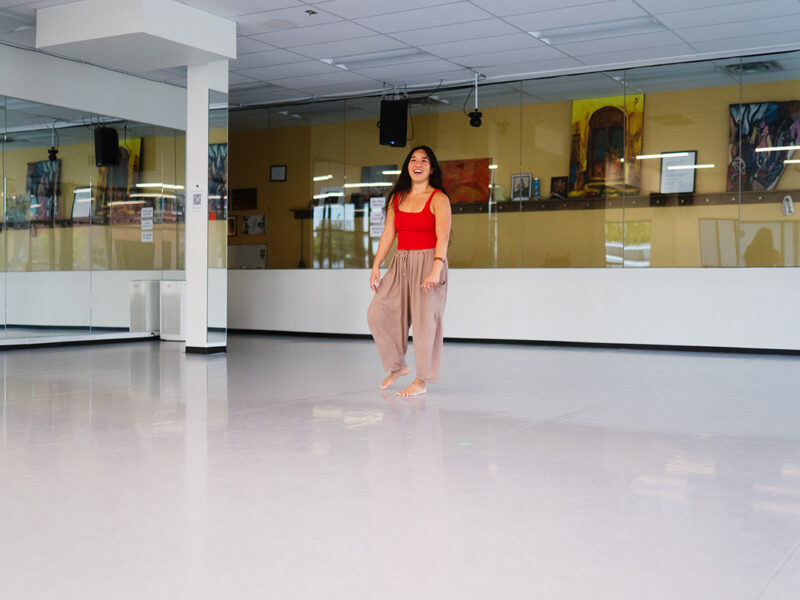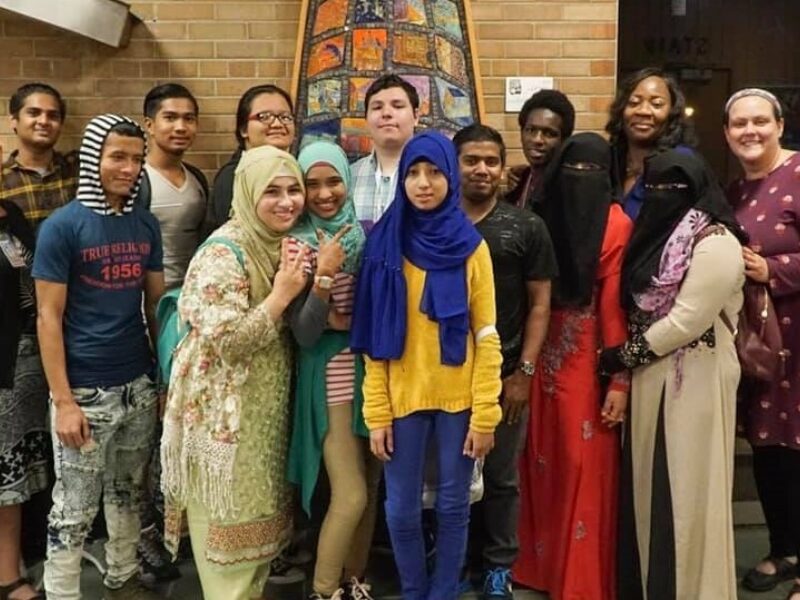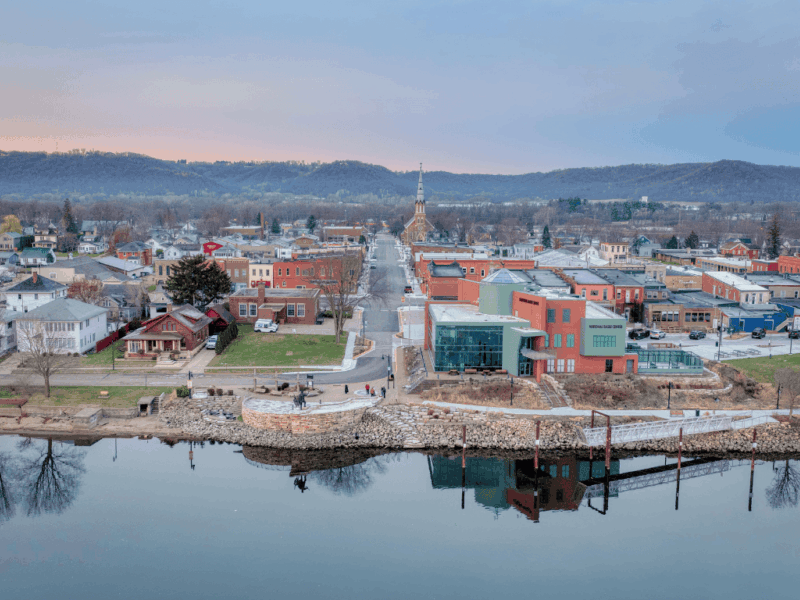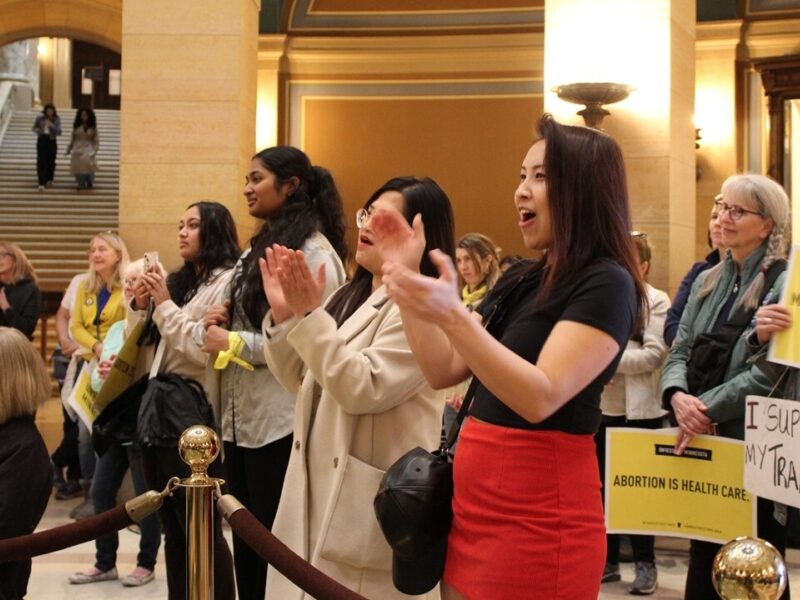Learn how CEO and Principal of Tunheim, Kathy Tunheim, is forging diverse and inclusive relationships with her staff, clients and community.

Saint Paul & Minnesota Foundation board member Kathy Tunheim has a deep love for kaleidoscopes. Upon walking into her office you are greeted by a vast collection over her desk.
Kathy has always been fond of how with just one twist or turn the colors and patterns can change. This is similar to her work with her employees, clients and partners: she believes everyone's input has the opportunity to bring about change and growth, as well as balance and harmony.
Recently we sat down with Kathy, the CEO and Principal of Tunheim, to learn what she is doing to forge diverse and inclusive relationships with her staff, clients and community.
Tell us a little about yourself.
I’m a child of Minnesota teachers. It’s pretty foundational to my identity.
My dad was a coach and later the head of the teachers union for the state, so he was an activist and my mom is a feminist. They took a lot of responsibility for the quality of life around us, and insisted we pay attention to the context around us. So I grew up looking for ways to contribute, whether financially or with time or talent.
In the 70s I went to college for technical engineering but quickly realized it wasn’t for me, so I got an internship at the state capitol through the civic program where I was introduced to public policy, and it won out. I never studied communications; I studied political science and economics, so my career has been a series of opportunities to stay engaged with the community.
How does diversity, equity and inclusion play into your line of work, especially when it comes to the intersections of business, public policy and media?
I like to say our company's job is to help clients take responsibility for being understood.
That's how we talk about what we do and to get clients the reputation they deserve. With all these tools that are at our disposal, one of our challenges is to be really good stewards of all that power.
We have a culture here at my company called collective best and what we mean by it is that none of us is as good as all of us. Our clients deserve our ‘Collective Best.’ And so we have a team orientation about how we do things that can be kind of messy, but in my mind, it's better than a bunch of silos competing with each other. We align around what is important to our clients.
How do you make sure equity, diversity and inclusion play out in your work with clients?
We have to be very mindful of the fact that our clients and their communities are changing dramatically. If you're in the business of effective communications, it has to start with understanding the stakeholders that you're communicating with, which means becoming more diverse ourselves as professionals.
If you're measuring success by the ability to build the right relationships across the community and across the spectrum of our economy, then the work has to be evolving in ways that are respectful and aware of all those filters, biases and implicit challenges.
I will say the most challenging part about communications is actually active listening. It's listening and understanding the people you're trying to reach or impact.
“I will say the most challenging part about communications is actually active listening. It's listening and understanding the people you're trying to reach or impact.”
Kathy Tunheim

During the pandemic, you began a blog. What made you decide to use your platform to write about leadership, policy and change?
I was encouraged by a lot of people to make sure I was capturing some of my management and leadership philosophies.
The pandemic and social unrest all of a sudden created this need to record what we were all going through from the vantage point of someone who leads a small company.
One blog I wrote was called “Forging Steel.” I had a chance early in my career to actually go through a big steel production facility in Pennsylvania and it really stuck with me. There were huge cauldrons of melted molten iron and I considered the concept of forging steel to create something even stronger. I found myself thinking ‘what's the human version of forging steel?’
It isn't just physical strength that welds us, but it's also perseverance and resilience. So I found myself just sort of parallel between a physical process and the human journey that we're all on and coming through in these tough times, hopefully coming out much stronger and more optimistic.
How did you get involved with the Foundation? And what are your thoughts on our mission and impact?
I’ve been aware of the Foundation for a long time as a Twin Cities resident. The Foundation does a great job of both illustrating and illuminating to fundholders what our community challenges are, by being a connector to opportunities and ways to be engaged. The Foundation is an organization that knows what you care about and makes it their business to keep you informed by the people you want to serve.
I also love the fact that the Foundation is thinking of all of Minnesota. I appreciate the history of the Foundation in Saint Paul, but as a person who grew up in Greater Minnesota, I see the symbiotic relationship and benefit of growing philanthropic efforts in small towns and regions.
What does equity mean to you?
A lot of our history has been about cataloging and noting differences between people, whether it's by race or gender or class. For so many of us now, our energy is turning to building a future based on all the ways we’re alike, with common aspirations and goals. Reconciling our history of inequity with that future vision is challenging, and will take both tenacity and humility.
Like a kaleidoscope, life is always changing. We all play a unique role and purpose in changing the world. We are responsible for bringing about our communities’ collective best.









